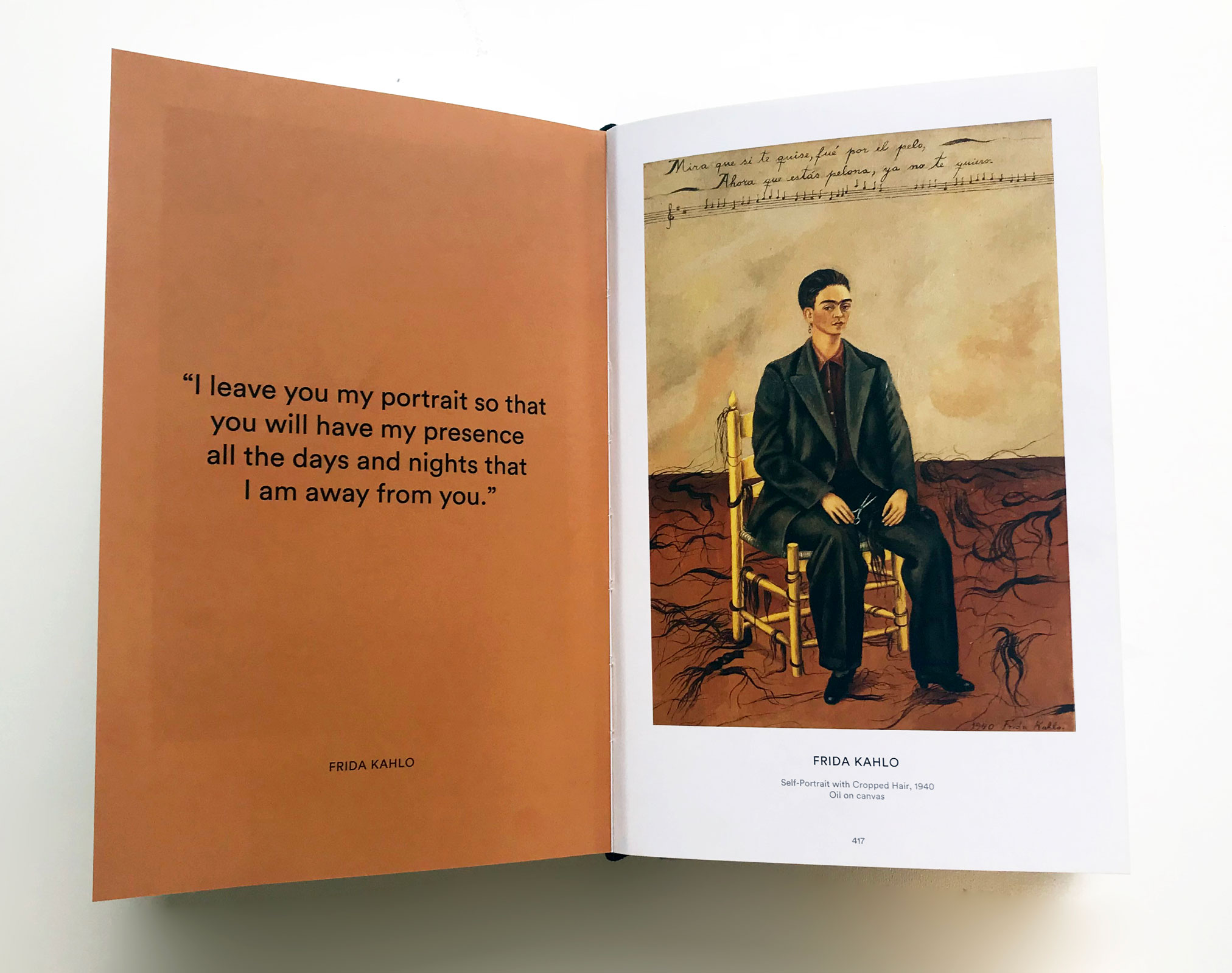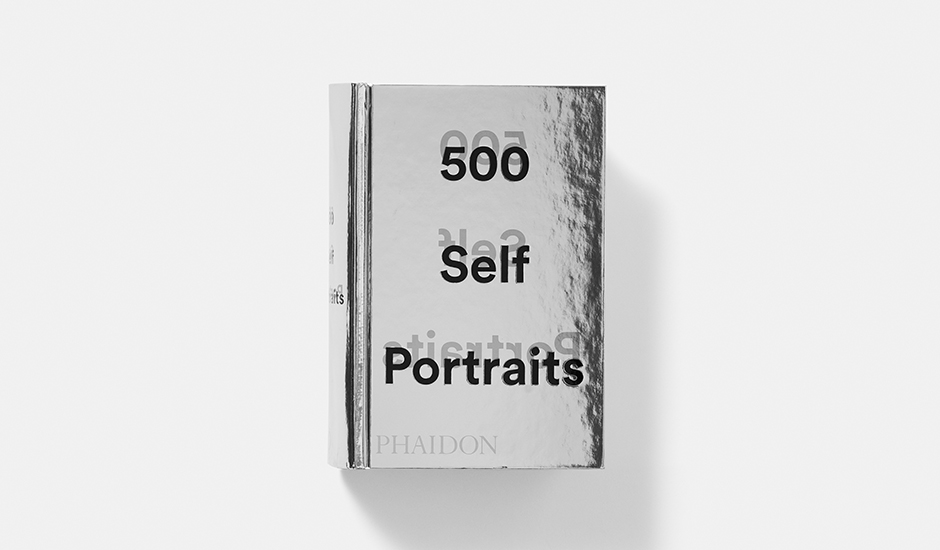
Why did Frida Kahlo cut off her hair?
It was one of her most effective works of self-portraiture - on her birthday we look at its hidden meaning
In 1939 the Mexican artist Diego Rivera divorced his wife, the Mexican artist Frida Kahlo. It's fair to say their relationship wasn't the stuff of an old school romantic novel. Rivera had two common-law wives in 1927 when the pair first began dating and would go on to have an affair with Frida's sister. She, in turn, famously enjoyed brief affairs with Leon Trotsky and Isamu Noguchi.
Kahlo marked the collapse of her marriage by painting one of her best-known works, Self-Portrait with Cropped Hair. The piece shows her wearing Rivera's clothes – and sporting closely cropped hair which she has just cut with the scissors in her hand. Her discarded locks lie all around.
Diego had always admired Frida's long, dark hair and by employing such emotionally and symbolically charged details, Kahlo was expressing how she felt about her broken down relationship, while at the same time stepping out from Rivera's shadow and asserting her sense of self as an artist and a person.
For any onlooker unable to interpret this image, Kahlo provided a little guidance in the form of a folk song, the music and words of which head up the canvas: "Look, if I loved you it was because of your hair," it reads. "Now that you are without hair, I don’t love you anymore." "Kahlo treats her subjectivity as subject matter, like another painter might treat light," writes artist and painter Julian Bell in our new book 500 Self-Portraits.

Frida's haircut was not her unkindest cut, either on canvas or in life; and, perhaps unremarkably, given the intense highs and lows of their relationship, her separation from Rivera wasn't even a long one – the pair remarried the following year.
But the painting shows just how, with one minor action Kahlo masters the ability to induce imaginative discomfort, whether social or physical, which, as Bell puts it in 500 Self-Portraits, "is integral to this heyday of self-portraiture."
For more on this picture and 499 others, order a copy of 500 Self-Portraits here.